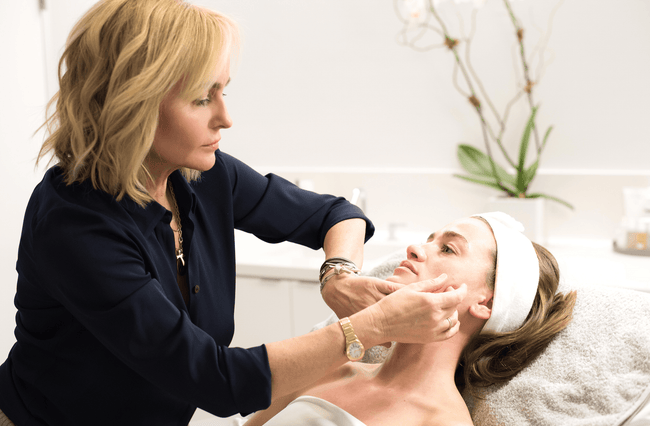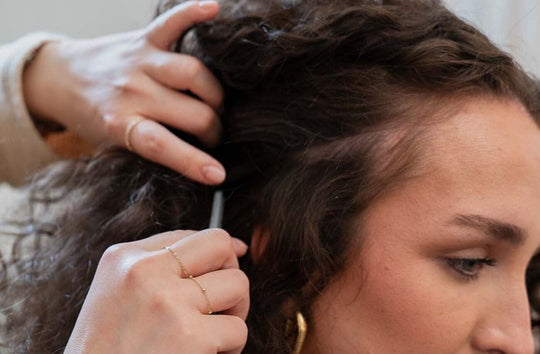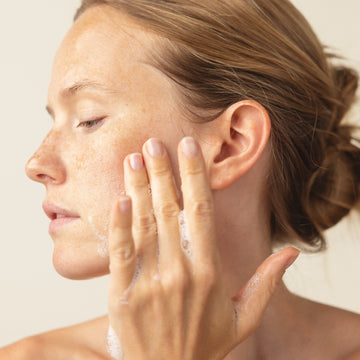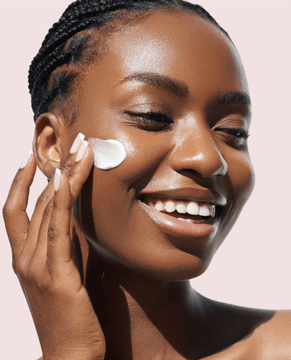How Often Should You Get Facials?

When I was growing up in Poland, skin was always a priority. As the body’s largest organ, it makes sense for overall wellness. While a pedicure was considered a luxury, a facial was a regular part of a skin routine. From our teenage years through old age, women and men would visit their estheticians bi-weekly. The first treatment would focus on purifying treatments and would include exfoliation, extractions and antibacterial therapies. Four days later when the healing process had taken place, you would go back and have hydrating and massage treatments.
In the US, this is not the case. Although things are changing for the better, skin treatments for most people are still considered an extravagance, and not a priority. The majority of people getting facials still tend to be women, and everything happens in one session as opposed to two.
Because on average, cellular turnover happens every 17-28 days (this can increase as we age) and adenosine triphosphate (ATP) energy is stimulated during this time, I often recommend clients get facials approximately once per month. However, the frequency can vary from bi-weekly treatments, to once a season depending on their skin conditions.
Facial results are cumulative, meaning the more regularly you get them, the better the results. Think about facials the same way you think about eating healthy or exercising.
Age, lifestyle, budget, health, and other skin treatments all affect how often you should get a facial. And your at-home regimen is imperative to keeping skin healthy in between appointments, no matter how often you get them.
It is also crucial to find a licensed professional within your budget who you trust and can share everything that has to do with your skin that can affect your treatment. I ask my clients tons of questions, and if your professional doesn’t, you should be prepared to fill them in for optimal results.
Below are some things to keep in mind:
- Botox and fillers have nothing to do with the quality of the skin, they affect the shape, so it is still very important to get facials (and equally important to make sure you are massaging your frozen muscles). You should wait 7 days after you get filler and 2 weeks after Botox.
- If you are on Isotretinoin (better known as Accutane), you can still get facials but should stay away from anything too abrasive or aggressive.
- During pregnancy, you should avoid electricity, but can still benefit from consistent treatments.
- People going through chemotherapy should find a professional who is certified in handling cancer patients.



